Home>diy>Architecture & Design>Which House Design Is The Most Economical To Build
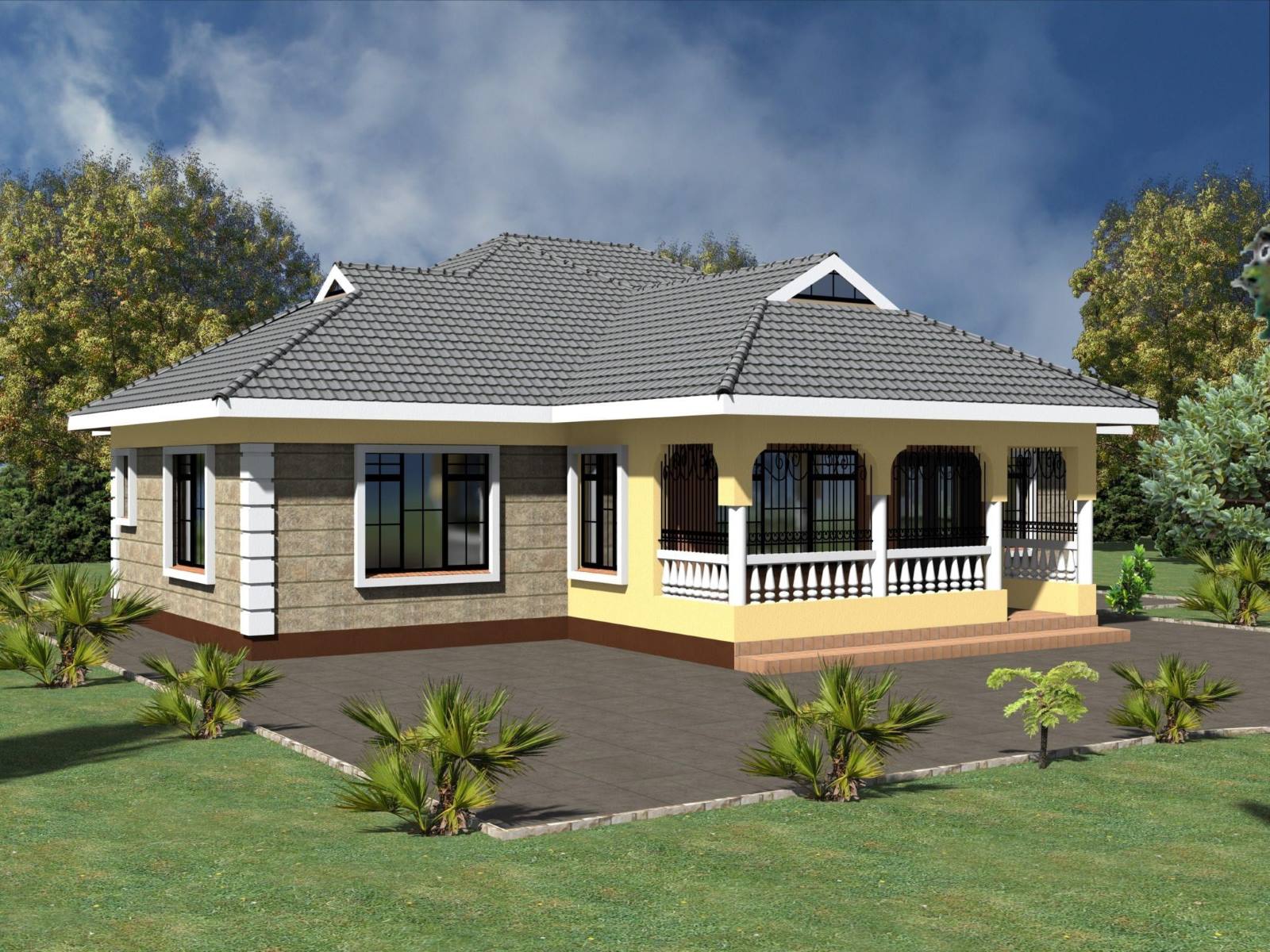

Architecture & Design
Which House Design Is The Most Economical To Build
Modified: January 24, 2024
Discover the most cost-effective house design options in the field of architecture and design. Choose the best architecture-design that fits your budget and maximizes your savings.
(Many of the links in this article redirect to a specific reviewed product. Your purchase of these products through affiliate links helps to generate commission for Storables.com, at no extra cost. Learn more)
Introduction
When it comes to building a house, one of the most important considerations is the cost. Whether you’re a first-time homeowner or looking to upgrade to a larger space, finding an economical house design can help save you money in both the short and long term. But how do you determine which house design is the most economical to build?
There are several factors to consider when designing an economical house. From efficient utilization of space to cost-saving measures in construction materials, every decision you make can impact the overall cost of building your dream home. Additionally, incorporating energy-efficient designs and sustainable features can lead to long-term savings on utility bills.
In this article, we’ll explore the various elements of a cost-effective house design and highlight the importance of considering each factor. By the end of this article, you’ll have a better understanding of what it takes to create an economical house design that meets your needs and budget.
Key Takeaways:
- Designing an economical house involves efficient space utilization, cost-effective materials, and sustainable features. Careful planning can create a budget-friendly and environmentally conscious living space.
- Incorporating energy-efficient designs and sustainable features can lead to long-term cost savings on utility bills while reducing environmental impact. Balancing architectural style with budget goals is crucial for a cost-effective home.
Read more: Which Is Cheaper, Building Or Buying A House
Factors to Consider in Designing an Economical House
Designing an economical house involves considering several key factors that can significantly impact the overall cost. By carefully considering these factors, you can create a house design that not only meets your needs but also stays within your budget. Here are some important factors to consider:
- Size and Layout: The size and layout of your house play a crucial role in determining the cost of construction. Opting for a smaller footprint can help save on materials and labor costs. Additionally, a well-planned layout that makes efficient use of space can eliminate the need for unnecessary structural elements and reduce construction expenses.
- Building Orientation: The orientation of your house can have a significant impact on energy efficiency. A well-oriented design takes advantage of natural light and ventilation, reducing the need for artificial lighting and cooling/heating systems. This can result in long-term cost savings on energy bills.
- Construction Materials: Choosing the right construction materials can make a substantial difference in the cost of building your house. Opting for locally available materials can help reduce transportation costs. Additionally, selecting cost-effective yet durable materials can save you money in the long run by minimizing maintenance and repair expenses.
- Energy Efficiency: Incorporating energy-efficient features into your house design can lead to significant savings on utility bills. This includes choosing energy-efficient appliances, installing insulation, and incorporating renewable energy sources like solar panels. While these initial investments may seem higher, the long-term savings they provide make them worthwhile.
- Smart Home Technology: Investing in smart home technology can offer greater control over energy consumption while also adding convenience to your lifestyle. Features such as programmable thermostats, automated lighting systems, and remote monitoring can help optimize energy use and reduce costs.
- Maintenance and Longevity: Consider the long-term maintenance and durability of the materials and systems used in your house design. Opting for low-maintenance materials and high-quality construction can help minimize future repair and replacement expenses.
- Permits and Regulations: Before finalizing your house design, it’s essential to research local building codes and regulations. Understanding the requirements will help you avoid costly revisions during the construction process.
By carefully considering these factors and incorporating them into your house design, you can create an economical and efficient living space that meets your needs and budget.
The Importance of Efficient Utilization of Space
When designing an economical house, one of the key considerations is the efficient utilization of space. Maximizing the functionality and usability of each square foot can have a significant impact on the overall cost and livability of your home. Here are a few reasons why efficient space utilization is important:
- Cost Savings: By optimizing the layout and design of your house, you can avoid wasted space and minimize the need for unnecessary square footage. This can help reduce construction costs as you’ll require fewer materials and labor to build the house. Additionally, a smaller house size means lower ongoing expenses for maintenance, utilities, and property taxes.
- Increased Comfort: When space is used efficiently, it improves the overall functionality of the house. Each room has a specific purpose, and there is minimal wasted space that is difficult to furnish or utilize effectively. This streamlined design not only enhances the comfort of the occupants but also adds to the overall value of the house.
- Flexibility and Adaptability: Efficiently designed spaces are often more flexible and adaptable to changing needs. By incorporating multi-purpose rooms or flexible furniture options, you can easily modify the use of a space as your lifestyle evolves. This reduces the need for costly renovations or expansions in the future.
- Improved Storage Solutions: Proper space planning allows for adequate storage throughout the house. Closets, cabinets, and other storage solutions can be built into the design, reducing the need for additional freestanding storage units. Efficient storage solutions not only help keep your space organized but also minimize clutter, creating a more visually appealing and functional environment.
- Enhanced Energy Efficiency: Efficiently utilizing space can also contribute to improved energy efficiency. For example, strategically placing windows and doors allows for optimal natural lighting and ventilation, reducing the need for artificial lighting and excessive cooling or heating. This can lead to lower energy consumption and lower utility bills over time.
- Sustainable Design: Compact living spaces are aligned with the principles of sustainable design. By choosing a smaller footprint, you reduce the environmental impact of your house construction and promote a more sustainable lifestyle. Efficient use of space also encourages responsible consumption and discourages excessive accumulation of unnecessary possessions.
Efficient utilization of space is not only crucial for an economical house design but also for creating a comfortable, adaptable, and sustainable living environment. By carefully considering the layout and functionality of each space, you can optimize the use of your house and enjoy the benefits for years to come.
Cost-saving Measures in Construction Materials
When designing an economical house, one of the key areas to focus on is the choice of construction materials. Selecting the right materials can significantly impact the overall cost of the project. Here are some cost-saving measures to consider:
- Locally Sourced Materials: Opting for locally sourced materials can help lower transportation costs. Locally produced materials are often more affordable and readily available, reducing the need for long-distance shipping or importation.
- Reclaimed or Recycled Materials: Incorporating reclaimed or recycled materials into your house design can offer significant cost savings. Materials such as reclaimed wood, bricks, or metal can add unique character to your home while reducing the demand for new materials.
- Alternative Building Systems: Explore alternative building systems that use cost-effective materials. For example, using steel framing instead of traditional timber framing can offer cost savings in terms of both material and labor.
- Energy-efficient Insulation: Invest in quality insulation to reduce heat loss or gain, thus lowering the heating and cooling costs. While high-quality insulation may have a higher upfront cost, the long-term energy savings outweigh the initial investment.
- Optimize Material Usage: Plan the design and layout of your house to minimize waste and optimize material usage. This includes accurately estimating quantities, reducing scrap materials, and utilizing standard-sized materials to avoid excessive cutting or custom fabrication.
- Cost-effective Flooring: Choose flooring materials that offer a balance between cost and durability. While hardwood floors may be desirable, cost-effective alternatives like laminate or vinyl flooring can provide a similar aesthetic at a lower price point.
- Cost-conscious Fixtures and Finishes: Be mindful of the cost when selecting fixtures and finishes for your house. Look for options that are both functional and budget-friendly. Consider alternative materials or brands that offer a comparable look and quality at a more affordable price.
- Long-term Maintenance: Consider the maintenance requirements of different materials before making your final choices. Opt for materials that are low maintenance and durable, minimizing the need for frequent repairs or replacements.
- Volume Discounts: If you’re working with a contractor, inquire about any volume discounts they may have access to. By leveraging these discounts, you can potentially save on the cost of materials.
- DIY and Salvage: Consider taking on some do-it-yourself (DIY) projects or salvaging materials from existing structures. This can significantly reduce costs, as you’ll only need to purchase materials for the portions of the project you can’t handle on your own or find salvaged materials for.
By implementing these cost-saving measures in the selection of construction materials, you can create an economical house design without sacrificing quality or aesthetics. Remember to prioritize the long-term value and functionality of the materials to ensure a lasting and cost-effective home.
Energy-efficient Designs for Long-term Savings
Designing an energy-efficient house is not only beneficial for the environment but also for your long-term savings. By incorporating energy-efficient designs into your house, you can reduce energy consumption and lower utility bills. Here are some energy-efficient design strategies to consider:
- Passive Solar Design: Passive solar design involves optimizing the placement and orientation of your house to maximize natural light and heat gain during winter months while minimizing it during summer months. This can significantly reduce the need for artificial lighting and excessive heating or cooling, leading to long-term energy savings.
- Proper Insulation: Insulation plays a crucial role in maintaining a consistent indoor temperature and reducing heat loss or gain. Properly insulating your house, including walls, roof, and foundation, can significantly improve energy efficiency and reduce heating and cooling costs.
- Energy-efficient Windows: Installing energy-efficient windows with low-emissivity (low-E) coatings can help minimize heat transfer and reduce the reliance on artificial cooling and heating. Additionally, consider using double or triple glazing to enhance insulation and reduce heat loss.
- Natural Ventilation: Incorporate proper ventilation strategies to take advantage of natural airflow and minimize the need for mechanical cooling systems. This includes designing windows and openings strategically to facilitate cross ventilation and incorporating features like skylights or clerestory windows for effective airflow and natural cooling.
- Efficient Lighting: Opt for energy-efficient lighting solutions, such as LED or CFL bulbs, which consume less electricity and have a longer lifespan. Additionally, utilize natural lighting as much as possible by incorporating large windows, light tubes, or open floor plans that allow light to penetrate deep into the house.
- Appliance and HVAC Selection: Choose energy-efficient appliances and heating, ventilation, and air conditioning (HVAC) systems that have high energy-efficiency ratings. Energy Star-certified appliances and HVAC units can significantly reduce energy consumption and lower utility bills.
- Intelligent Controls: Install programmable thermostats and lighting controls to optimize energy use and minimize wastage. These systems allow you to automatically adjust temperature settings and lighting based on occupancy or time of day, ensuring energy is used efficiently.
- Solar Power: Consider incorporating solar panels into your house design to generate clean and renewable energy. Solar power can help offset or even eliminate your reliance on traditional utility power, leading to substantial long-term savings on electricity bills.
- Water-saving Fixtures: Choose water-saving fixtures for faucets, showers, and toilets to reduce water consumption. Implementing rainwater harvesting systems can also help reduce the reliance on municipal water supplies, saving both water and money in the long run.
- Landscaping: Strategically plan your landscaping to provide shade during the summer months, reducing the need for excessive cooling. Additionally, consider planting native, drought-tolerant vegetation that requires less water, saving both resources and money.
By incorporating these energy-efficient design strategies into your house, you can create a comfortable and sustainable living environment while enjoying long-term savings on energy bills. Remember to consult with professionals and consider the specific climatic conditions of your location for the most effective energy-efficient design solutions.
Consider a simple rectangular or square floor plan with minimal corners and angles to reduce construction costs. Opt for a single-story design to minimize the need for expensive structural elements like stairs and support beams.
Read more: How To Build A Carport Attached To House
The Role of Pre-fabricated or Modular Design in Cost Reduction
Pre-fabricated or modular design has gained popularity in recent years as a cost-effective solution for house construction. This innovative approach offers several advantages that can help reduce costs. Here’s a closer look at the role of pre-fabricated or modular design in cost reduction:
- Efficient Construction Process: Pre-fabricated or modular designs involve the production of building components off-site in a controlled environment. This allows for efficient and simultaneous construction processes, reducing the overall construction time. The shorter construction period translates into lower labor costs and less disruption for residents.
- Cost Predictability: Pre-fabricated or modular design often comes with a fixed price or predictable cost estimates. Since the manufacturing process is standardized, it eliminates the risk of unexpected cost overruns during the construction phase. This allows for better financial planning and budget management.
- Less Material Waste: Pre-fabricated or modular construction utilizes precise measurements and calculations, resulting in minimal material waste. Off-site production allows for accurate cutting and sizing of materials, optimizing the use of materials and reducing waste. With less waste, the overall cost of materials is reduced, and environmental impact is minimized.
- Bulk Purchasing Power: Manufacturers of pre-fabricated or modular components often have strong relationships with suppliers and enjoy the advantage of bulk purchasing power. This can result in significant cost savings on materials, as the manufacturers can negotiate better prices and pass those savings onto the homeowners.
- Quality Control: Pre-fabricated or modular construction undergoes rigorous quality control processes in the factory setting. These stringent measures ensure that components are built to the highest standards and adhere to local building codes. The controlled manufacturing environment reduces the likelihood of errors or defects, resulting in a higher-quality final product with fewer issues to address during construction.
- Flexibility and Adaptability: Pre-fabricated or modular design offers a high level of flexibility and adaptability. The modular components can be easily customized and reconfigured to meet specific design requirements and accommodate changing needs. This eliminates the need for costly renovations or expansions in the future, ultimately reducing expenses.
- Transportation and Site Preparation: Pre-fabricated or modular components are transported to the construction site, minimizing the need for extensive on-site construction work. This means fewer labor hours spent on-site and a reduction in related costs, such as site preparation, temporary facilities, and security measures.
- Energy Efficiency: Many pre-fabricated or modular designs incorporate energy-efficient features by default. This includes insulation, high-performance windows, and energy-efficient appliances. By utilizing sustainable and energy-saving features from the start, homeowners can save on long-term energy costs.
It’s important to note that while pre-fabricated or modular design offers cost-saving benefits, the actual savings can vary depending on factors such as design complexity, customization, location, and selected finishes. Working with reputable manufacturers and builders experienced in pre-fabricated or modular construction is crucial to ensure a smooth and cost-effective process.
Overall, pre-fabricated or modular design plays a significant role in reducing construction costs, optimizing material usage, and enhancing construction efficiency. When combined with careful planning and design, it can offer an affordable and sustainable solution for building your dream home.
The Impact of Architectural Styles on Construction Costs
Architectural styles not only define the aesthetics and character of a house but also have a significant impact on construction costs. Different architectural styles come with varying complexities, materials, and design elements, all of which can influence the overall cost of construction. Here’s a closer look at the impact of architectural styles on construction costs:
- Size and Complexity: Architectural styles can vary in terms of size and complexity. Larger and more intricate designs often require more labor, time, and materials to construct, resulting in higher construction costs. For example, a Victorian-style house with intricate detailing and ornate features will generally be more expensive to build compared to a simple and minimalistic contemporary design.
- Material Selection: Different architectural styles may require specific materials to achieve the desired look. Certain styles, like traditional or historical designs, often utilize expensive materials that can drive up construction costs. Alternatively, more modern or contemporary styles may lean towards cost-effective materials that can still provide a visually striking appearance.
- Architectural Details: Architectural styles are often characterized by unique details and features, such as columns, arches, or elaborate roof structures. These intricate design elements can add complexity to the construction process, requiring skilled labor and specialized techniques. As a result, the cost of construction may increase accordingly.
- Foundations and Structural Requirements: Architectural styles can vary in terms of foundation and structural requirements. Some styles may require more extensive or complex foundations and structural supports to accommodate specific design features. These additional requirements can lead to higher construction costs compared to styles that have simpler foundation and structural needs.
- Roofing and Exterior Finishes: The choice of roofing materials and exterior finishes can significantly impact construction costs. Some architectural styles, like Mediterranean or Spanish, may utilize expensive materials such as clay roof tiles or stucco finishes. On the other hand, styles like modern or industrial may lean towards more cost-effective alternatives like metal roofing or cementitious siding.
- Local Construction Practices and Labor Costs: The availability of skilled labor and local construction practices can influence the costs associated with different architectural styles. In areas where certain architectural styles are more common, there may be a greater pool of experienced craftsmen, resulting in lower labor costs. Conversely, in areas where specific styles are less prevalent, skilled labor may be scarce, leading to higher labor expenses.
- Sustainability and Energy Efficiency: Some architectural styles prioritize sustainability and energy efficiency, incorporating features like passive solar design, green roofs, or solar panels. While these eco-friendly features can offer long-term savings on energy costs, they may have higher upfront construction costs compared to styles that do not focus on sustainability.
- Customization and Personalization: Architectural styles that allow for more customization and personalization can impact construction costs. Customizing certain design elements or incorporating unique features may require additional time, labor, and specialized materials, leading to higher construction costs.
It’s essential to carefully consider the architectural style you choose in relation to your budget and construction goals. By balancing your design preferences with cost considerations, you can select an architectural style that suits your taste while staying within your budget. Consulting with an architect or builder experienced in the specific architectural style can help you better understand the potential cost implications.
Remember, while construction costs can vary based on architectural styles, it’s possible to find cost-effective options within each style. With proper planning, material selection, and an understanding of the associated construction complexities, you can achieve a beautiful and budget-conscious home that reflects your desired architectural style.
Incorporating Sustainable Features for Economic Benefits
In today’s world, sustainability is becoming increasingly important, not just for environmental reasons but also for economic benefits. Incorporating sustainable features into house design can lead to long-term cost savings while reducing your ecological footprint. Here are some key sustainable features to consider for economic benefits:
- Energy-efficient Appliances and Lighting: Opt for energy-efficient appliances, such as ENERGY STAR-rated refrigerators, dishwashers, and washing machines. These appliances consume less energy and can significantly reduce your utility bills over time. Similarly, choose LED or CFL lighting options, which consume less electricity and have a longer lifespan compared to traditional incandescent bulbs.
- Proper Insulation and Air Sealing: Invest in good insulation and properly seal air leaks throughout your house. This will minimize heat loss during the winter and reduce the need for excessive heating. Additionally, it will prevent cool air from escaping during the summer, reducing the reliance on air conditioning. Well-insulated and tightly sealed homes are more comfortable and energy-efficient, leading to lower energy bills.
- Solar Panels: Consider installing solar panels on your roof to generate clean and renewable energy. While the initial investment can be significant, solar panels offer long-term economic benefits. They can significantly reduce or eliminate your reliance on traditional electricity, resulting in substantial savings on your monthly utility bills. Additionally, you may even be eligible for tax incentives or government rebates related to solar energy.
- Water Efficiency: Incorporate water-saving features into your house design, such as low-flow faucets, showerheads, and toilets. These fixtures use less water without compromising performance. Additionally, consider harvesting rainwater for landscaping and toilet flushing, further reducing water consumption. By conserving water, you can save on water bills and contribute to sustainable water management.
- Natural Lighting and Ventilation: Design your house to maximize natural lighting and ventilation. Incorporate large windows, skylights, and light tubes to bring in ample natural light during the day, reducing the need for artificial lighting. Properly placed windows and ventilation openings can also facilitate cross ventilation, allowing fresh air to circulate naturally and minimizing the need for air conditioning. By reducing reliance on electricity for lighting and cooling, you can save on energy costs.
- Energy-efficient Heating and Cooling Systems: Opt for energy-efficient heating and cooling systems, such as heat pumps or geothermal systems. These systems use less energy compared to traditional HVAC systems, resulting in lower energy bills. Additionally, proper maintenance and regular filter cleaning can further improve energy efficiency and reduce operating costs.
- Green Roof or Living Walls: Consider incorporating a green roof or living walls into your house design. These features provide natural insulation, improve air quality, reduce stormwater runoff, and create a visually appealing environment. Green roofs and living walls can help regulate indoor temperatures, reducing the need for excessive heating or cooling, leading to energy cost savings.
- Recycled and Sustainable Materials: Use recycled or sustainable materials wherever possible. Incorporate materials made from renewable resources or products with high recycled content. These options are often cost-competitive and offer comparable performance to conventional materials. By opting for eco-friendly materials, you contribute to waste reduction and reduce the environmental impact associated with production and disposal.
- Landscaping and Outdoor Design: Plan your landscaping to optimize the benefits of sustainable features. Use native plants that require less water and maintenance. Install a drip irrigation system or rain sensors to ensure efficient irrigation practices. Additionally, design outdoor spaces for water runoff management, such as rain gardens or permeable paving, to reduce stormwater runoff and the need for costly drainage systems.
By incorporating these sustainable features into your house design, you can enjoy significant economic benefits. Not only will you reduce your energy and water bills in the long run, but you’ll also contribute to a more sustainable future. Remember to consult with professionals and experts in sustainable design to ensure you make the most informed decisions for your house.
Conclusion
Designing an economical house involves careful consideration of various factors that can impact the overall cost. From efficient utilization of space to the selection of construction materials and incorporating sustainable features, every decision plays a crucial role in determining the economic viability of your house design.
Efficient utilization of space allows for cost savings in construction materials, maintenance, and energy consumption. By maximizing the functionality of each square foot and incorporating smart design strategies, you can create a comfortable and cost-effective living environment. Additionally, incorporating energy-efficient designs and features such as insulation, energy-efficient appliances, solar panels, and proper ventilation can lead to long-term savings on utility bills while reducing your impact on the environment.
The choice of construction materials also plays a significant role in cost reduction. Opting for locally sourced or reclaimed materials, as well as considering alternative building systems, can offer substantial savings while promoting sustainable practices. Additionally, being mindful of material waste, selecting cost-effective flooring and finishes, and leveraging bulk purchasing power can further contribute to cost reduction in the construction process.
Architectural styles can impact construction costs due to their size, complexity, material selection, and specific design elements. It’s essential to strike a balance between your desired architectural style and your budget, ensuring that the chosen style aligns with your cost goals without compromising on aesthetics.
Finally, incorporating sustainable features into your house design not only benefits the environment but also offers economic advantages. From energy-efficient appliances and lighting to solar panels, water-saving fixtures, and green building materials, sustainable design choices can lead to long-term cost savings on energy and water bills. Additionally, sustainable features contribute to a healthier and more environmentally conscious lifestyle.
In conclusion, designing an economical house requires a thoughtful and holistic approach. By considering efficient space utilization, cost-effective construction materials, energy-efficient designs, and sustainable features, you can create a house that is not only budget-friendly but also environmentally friendly. Remember to consult with professionals, architects, and builders who specialize in cost-effective and sustainable design to ensure that your house design meets your financial goals without compromising on quality and aesthetics.
Frequently Asked Questions about Which House Design Is The Most Economical To Build
Was this page helpful?
At Storables.com, we guarantee accurate and reliable information. Our content, validated by Expert Board Contributors, is crafted following stringent Editorial Policies. We're committed to providing you with well-researched, expert-backed insights for all your informational needs.

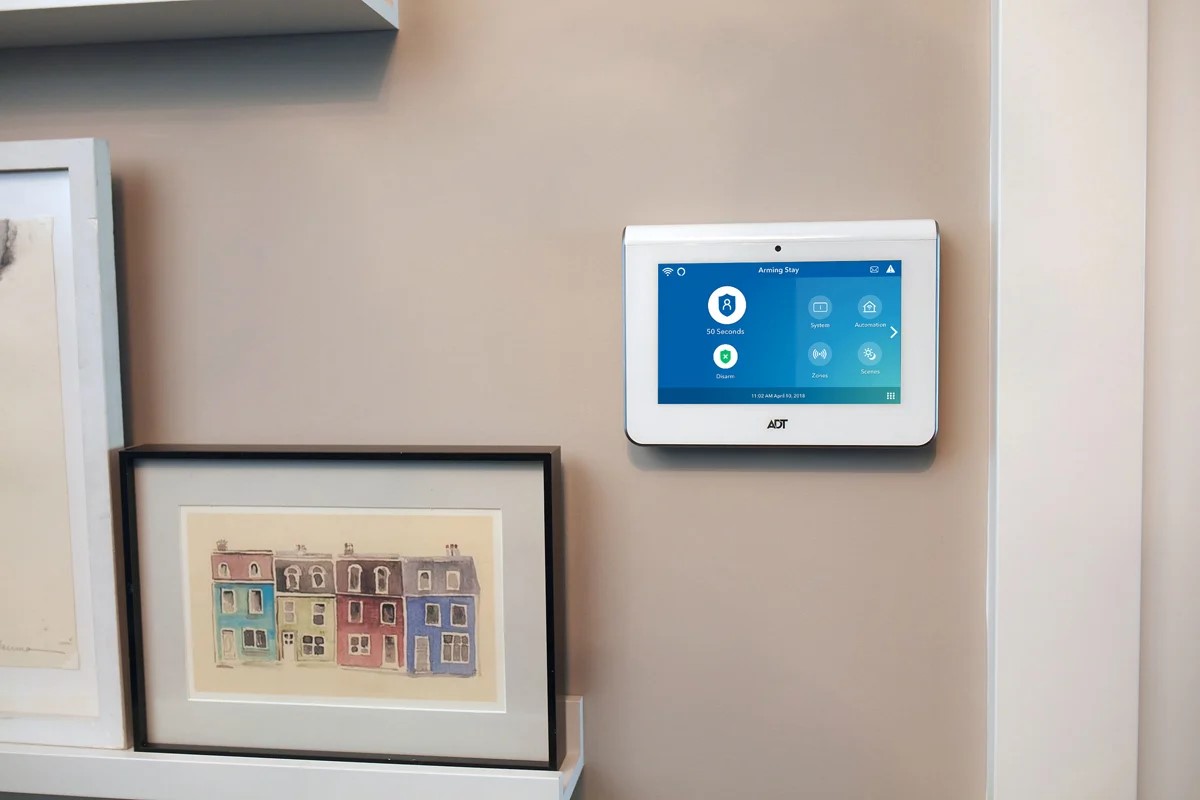
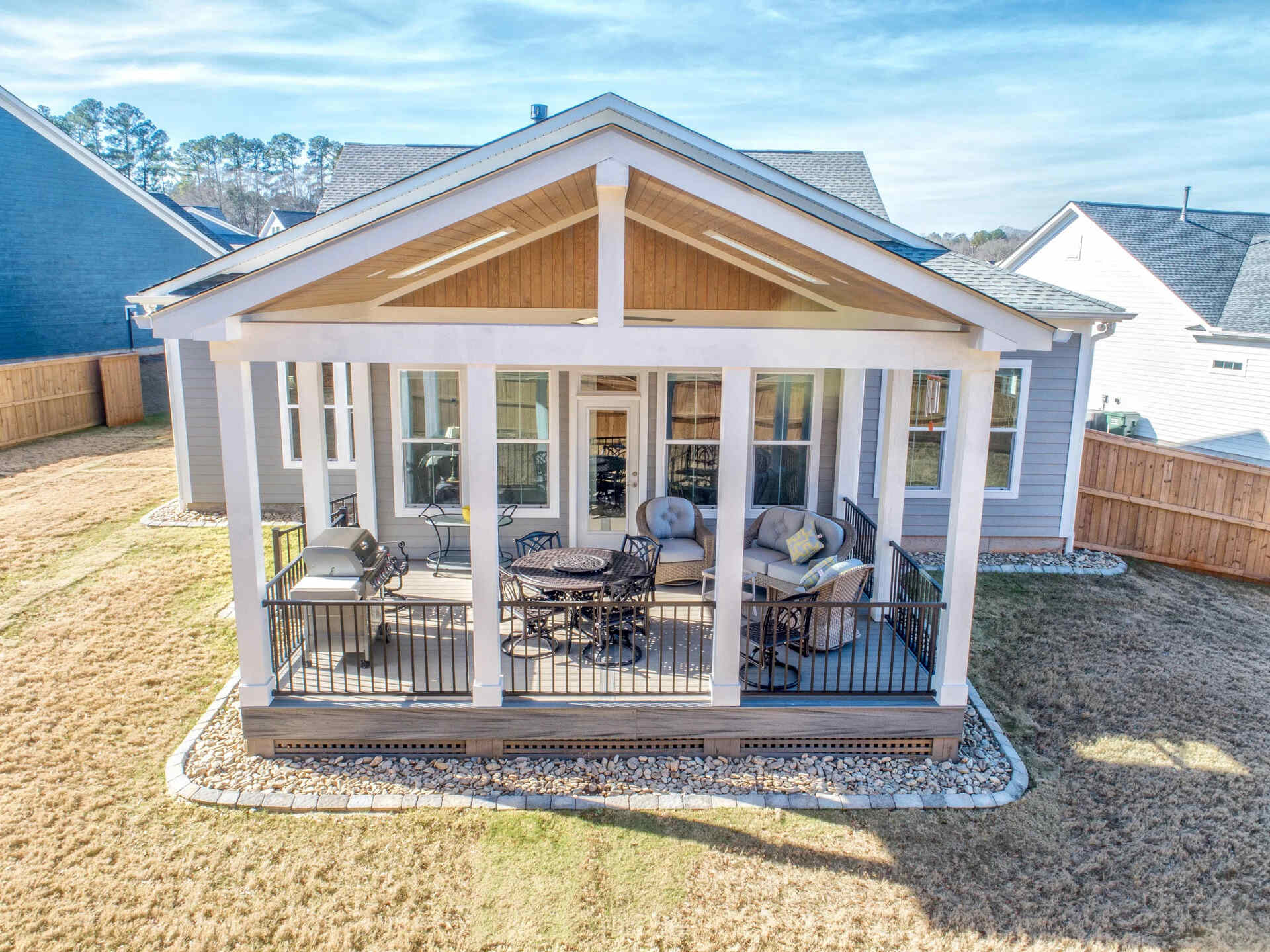
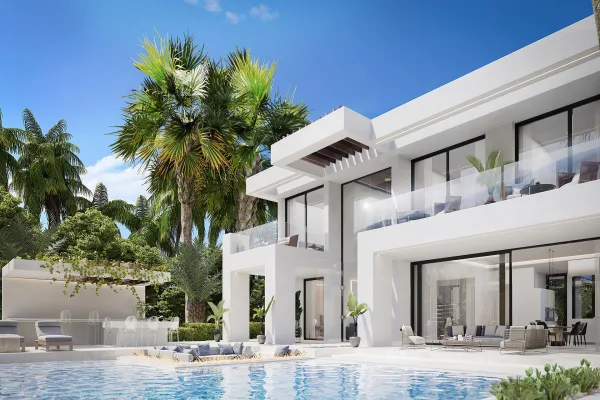


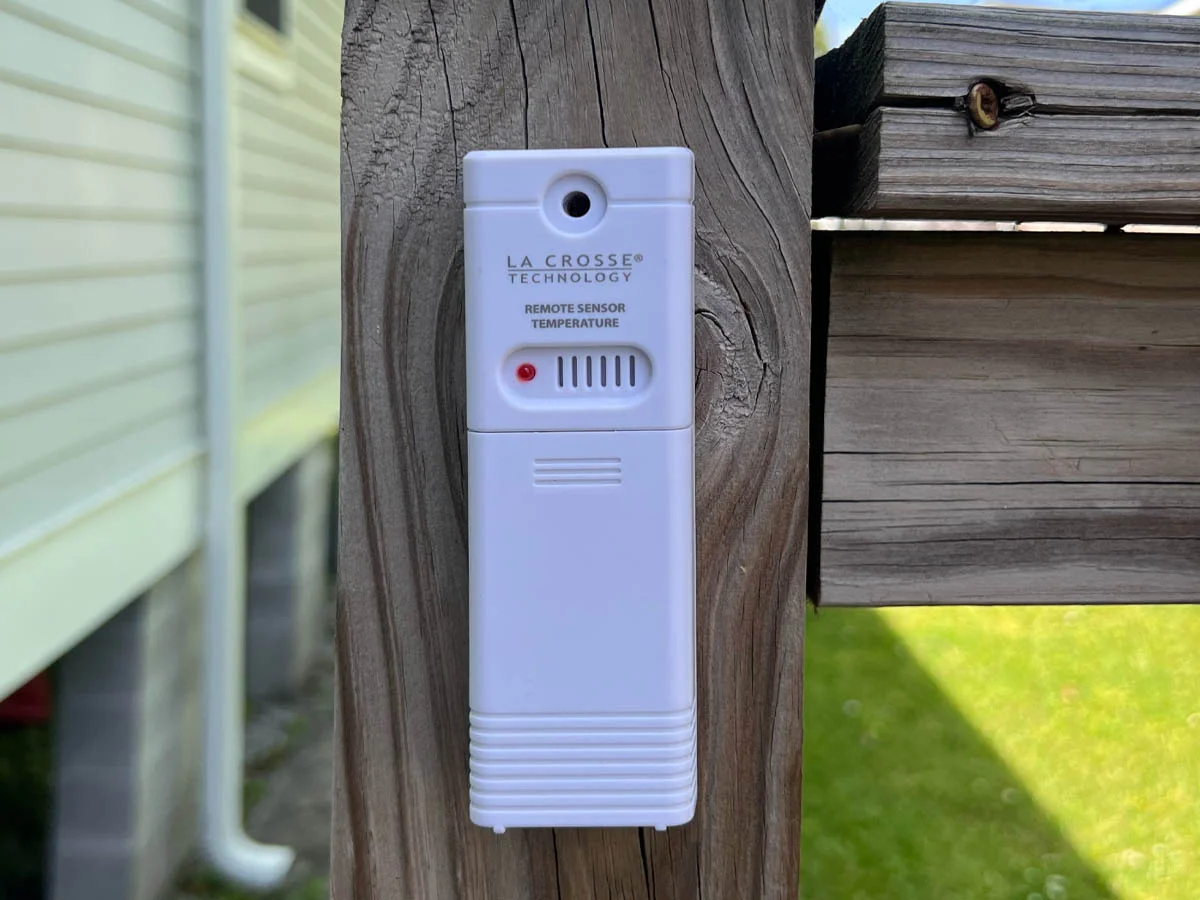

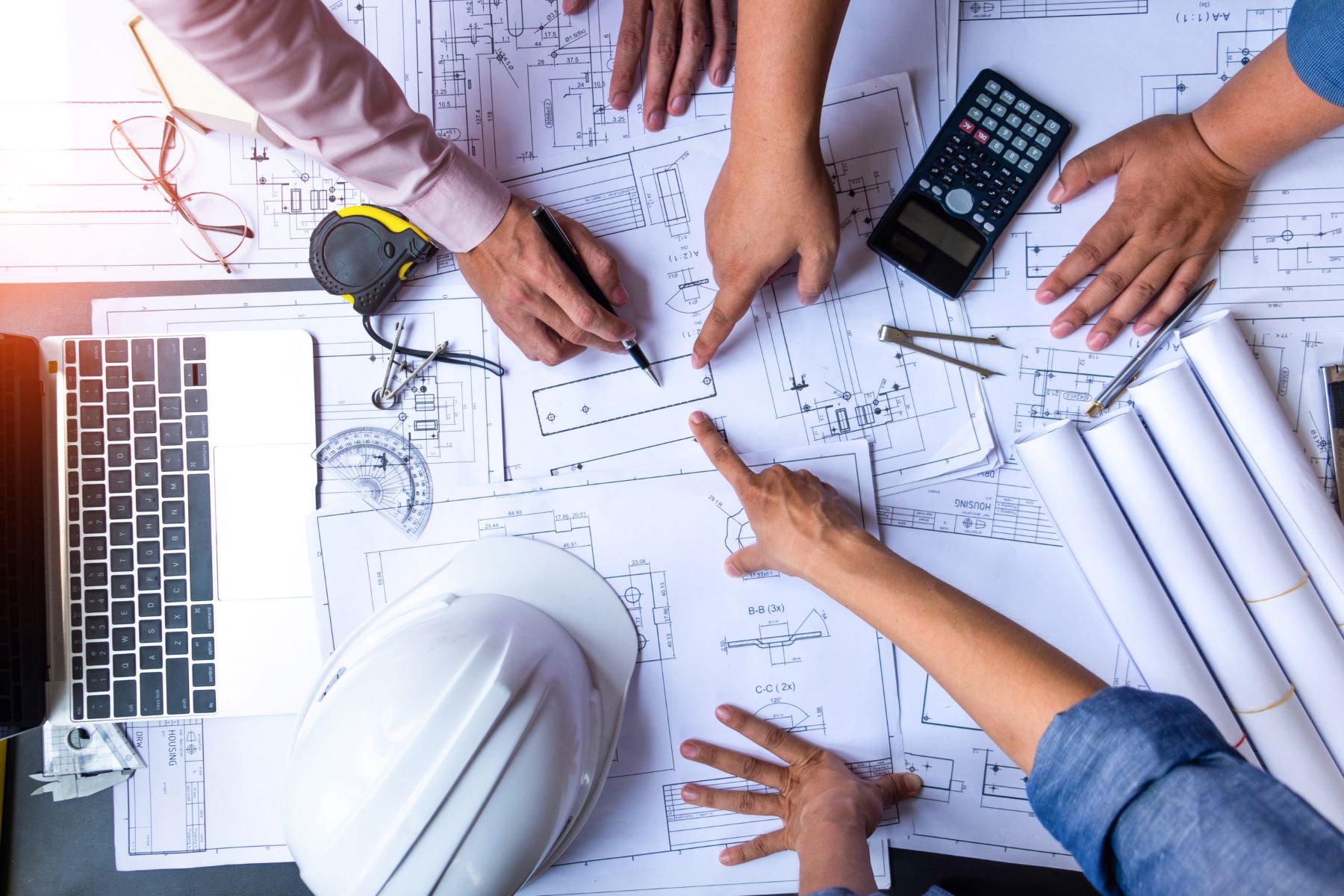
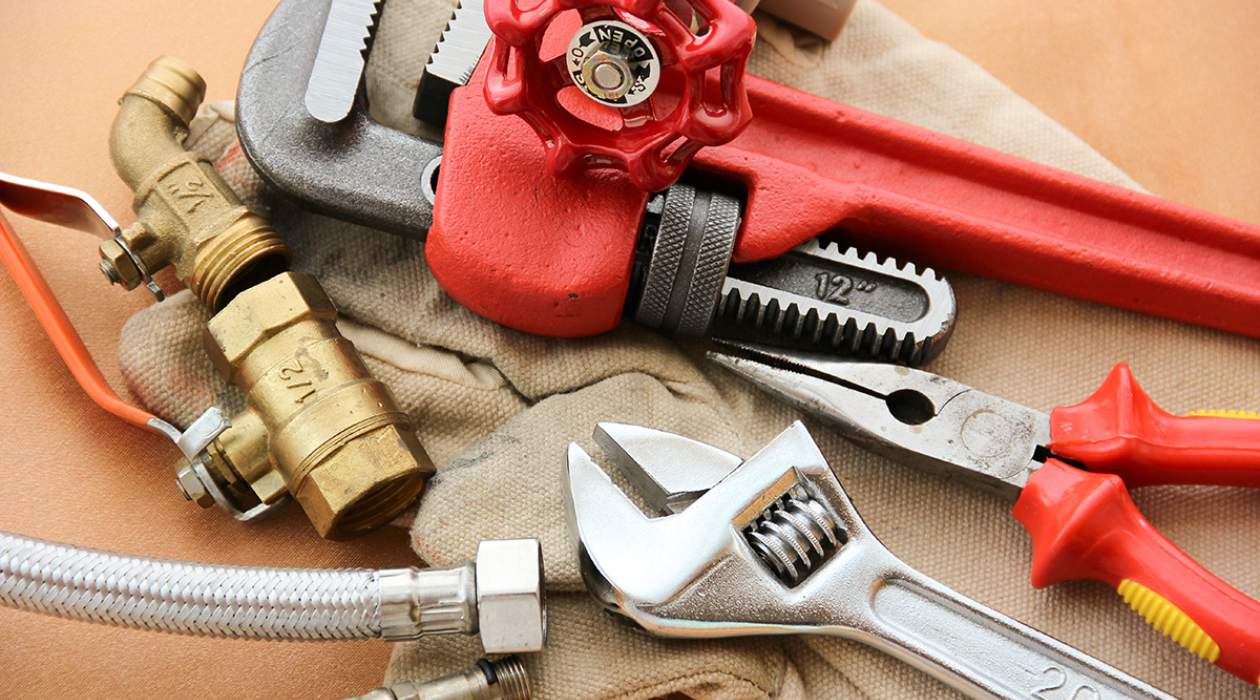
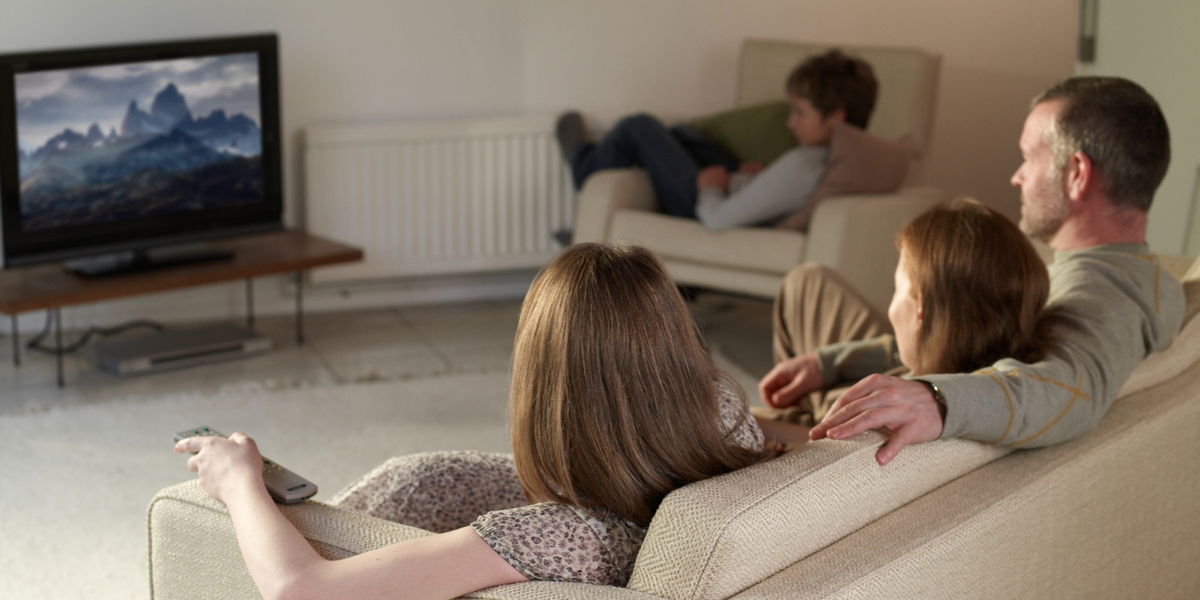
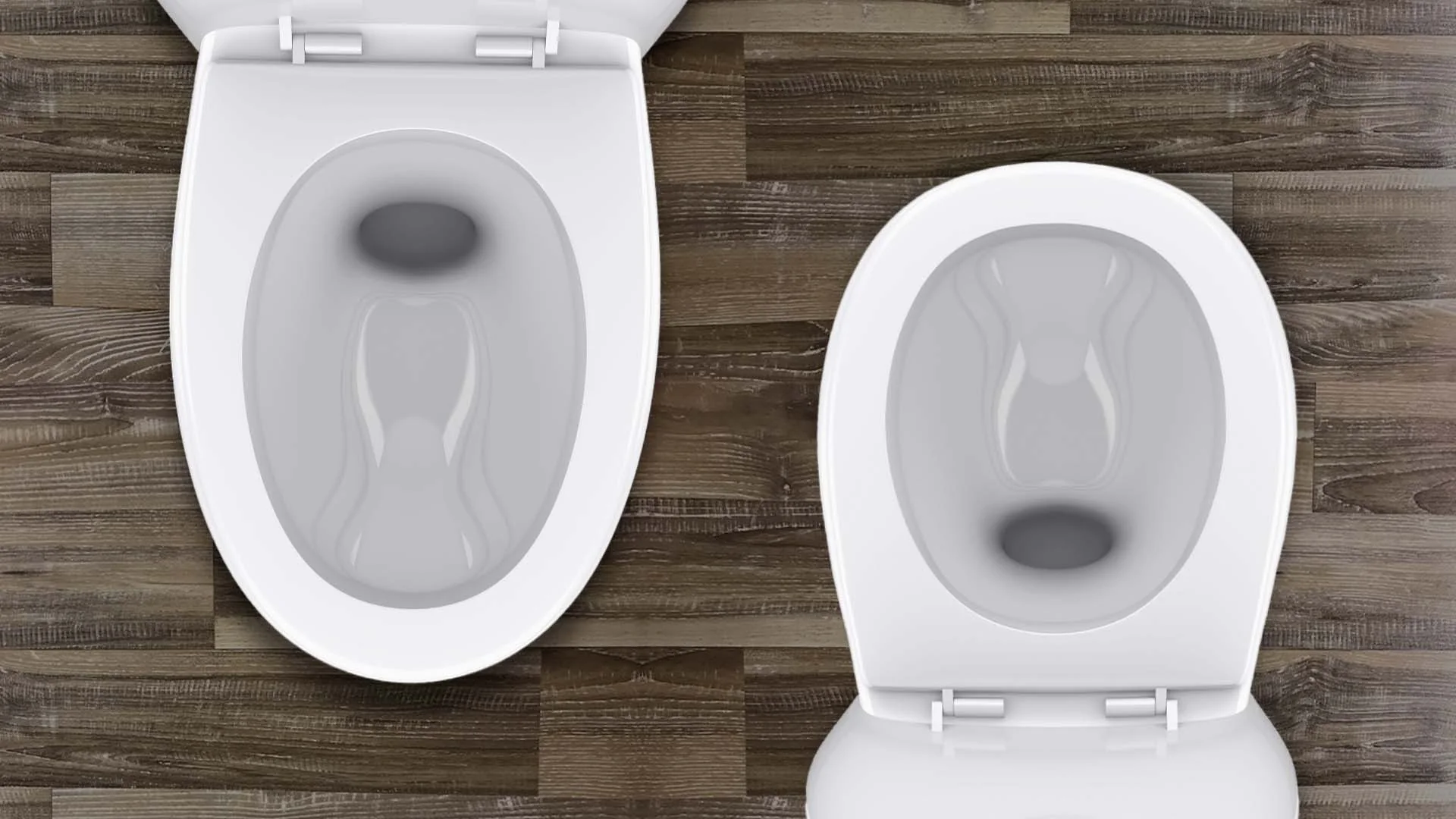

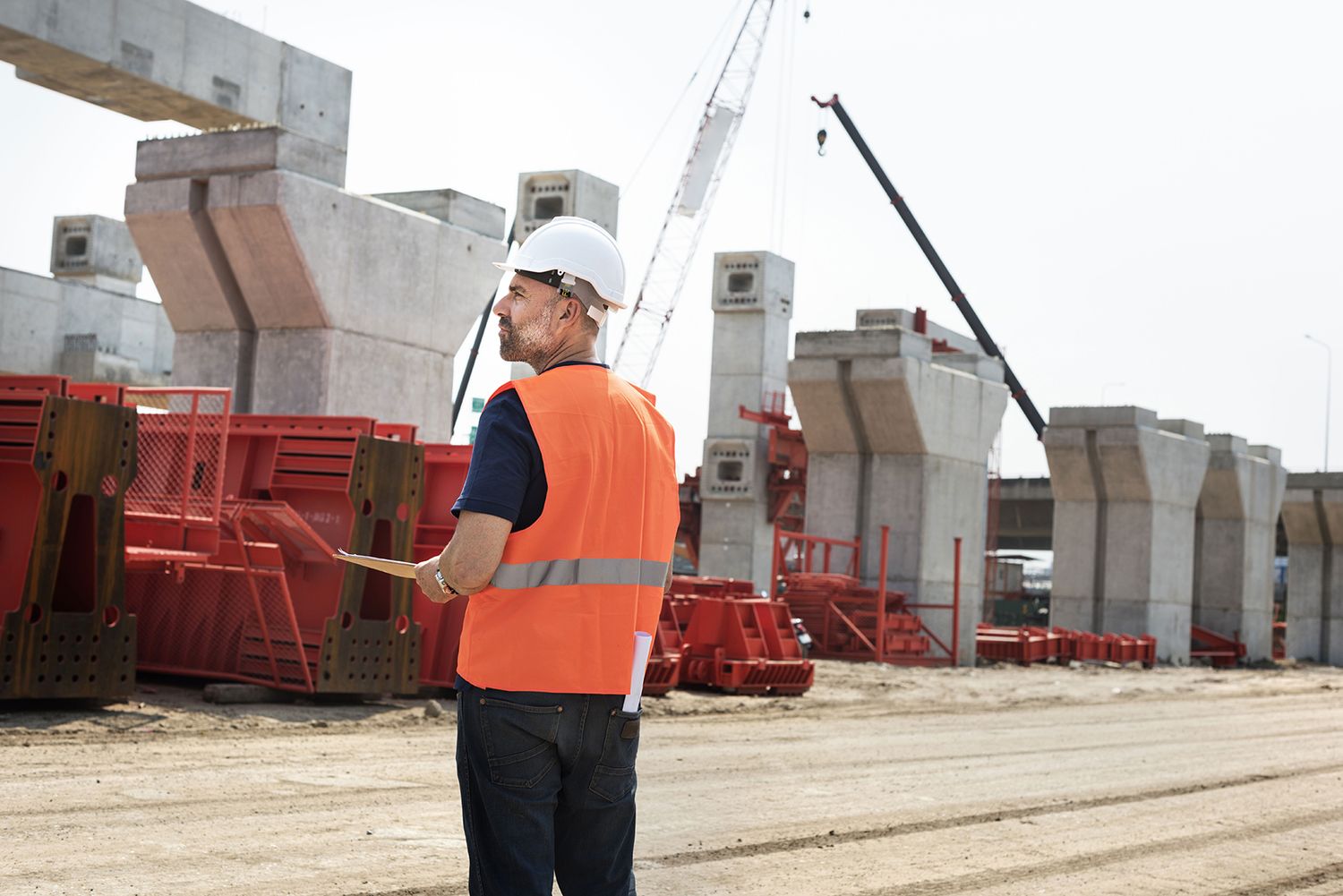

0 thoughts on “Which House Design Is The Most Economical To Build”